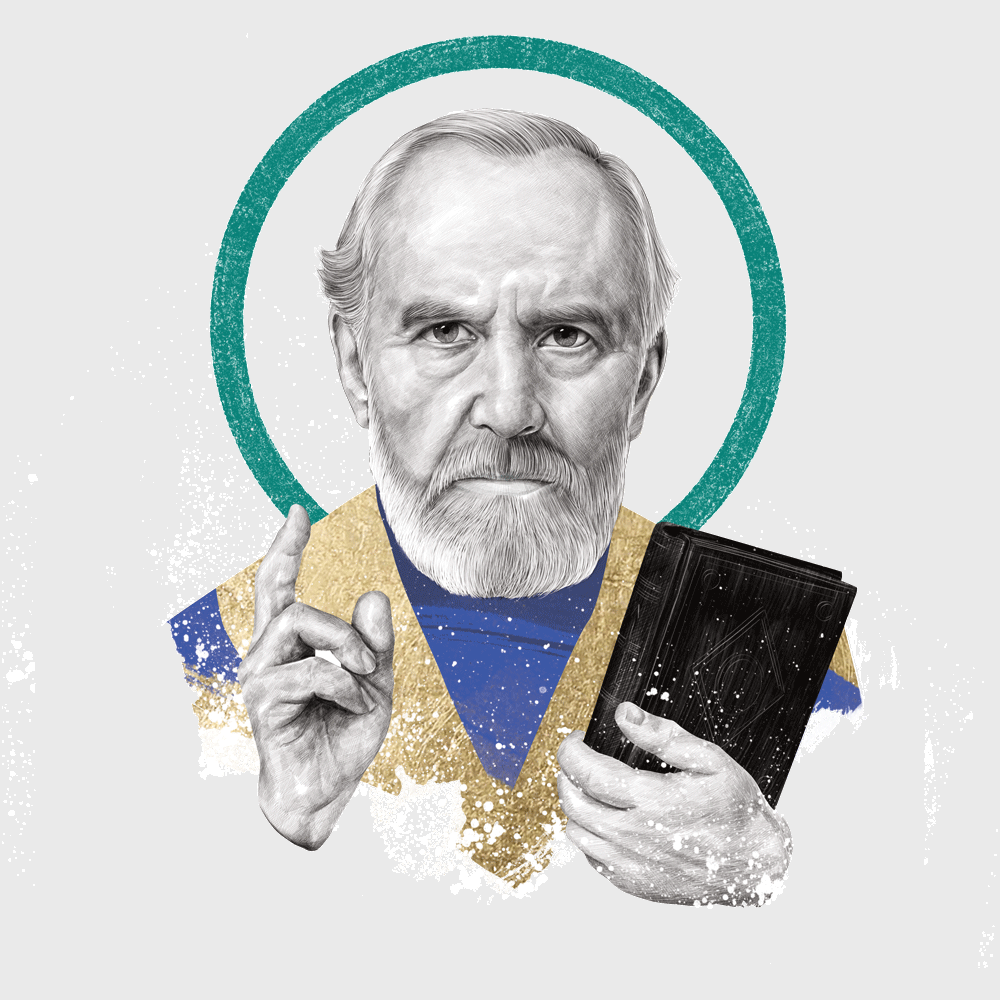James “Jimmy” Kemp
James “Jimmy” Kemp, also known as “Ash Barrel Jimmy,” was the first convert of Commissioner George Scott Railton and the seven Hallelujah Lassies who pioneered The Salvation Army in America.
There is a story of a little boy who went away to camp. It was his first time away from home and his mother was anxious about things he might forget. She said to him, “Billy, please remember to put clean socks on every day.” And he did! By the end of the week he couldn’t get his shoes on!
Ironically, that is what we want to do. We just want to put something that looks okay on the outside on top of the dirty. It reminds me of one of my favorite characters in Salvation Army history.
James “Jimmy” Kemp, also affectionately known as “Ash Barrel Jimmy,” was the first convert of Commissioner George Scott Railton and the seven Hallelujah Lassies who pioneered The Salvation Army in America.
On March 10, 1880, the small band of pioneers carried The Salvation Army flag down their ship’s gangplank as they disembarked on the docks of New York City’s Battery Park. Five days later, a homeless alcoholic named Jimmy Kemp would begin his own amazing, life-changing adventure. Through Christ, he would go on to help build the Kingdom and the fledgling Salvation Army throughout New York City.
On Saturday, March 14, 1880, Jimmy fell headfirst into a barrel of ashes after being kicked out of a tavern on Water Street. After spending the night in jail, the judge took pity on him, sparing him further jail time if he agreed to seek out the services of The Salvation Army. That day, Jimmy found the Army and within days, he gave his life to Jesus Christ.
Jimmy and his extraordinary conversion is a matter of Army folklore. Beneath the imagery of the legs of young Jimmy sticking out of an ash barrel, lies a profound life-changing event for both Jimmy and for those whose lives were changed through his lifelong ministry.
James Kemp soon became the first “native” soldier of the first New York Corps. He remained an active, passionate evangelist throughout his life. As a result of his past life, he empathized with, respected and understood those whose lives were broken. Hundreds found Christ through his ministry on the dark, lonely and often dangerous streets of New York City over his lifetime of service.
As the three companions crouched under a tree for protection, a bolt of lightning struck the tree, knocking one to the ground and temporarily blinding another. In desperation, the one who had been knocked to the ground cried out to his patron saint, “Saint Anne, save me, and I will become a monk!”
Two weeks later, Martin Luther entered an Augustinian Monastery to fulfill the commitment he had made in the storm. God’s calling, revealed in a hasty commitment and a personal conviction, became a lifelong covenant.
Martin Luther (1483-1546) was ordained to the priesthood in 1507. He became a priest, Augustinian monk, professor of theology, composer and the most influential figure in the Protestant Reformation.
The turning point in Luther’s spiritual understanding came one night while reflecting on Romans 1:17, “For in the gospel the righteousness of God is revealed—a righteousness that is by faith from first to last, just as it is written: ‘The righteous will live by faith’” (NIV). Alone in his small monastic room, Luther records in his journal, “Here in it (in the gospel), “the just shall live by faith alone!” Luther and his fellow reformers went on to boldly declare the foundational three principles of the Reformation: Sola Scriptura, Sola Gratia, Sola Fides” meaning Scripture alone, Grace alone and Faith alone! Martin Luther’s growth in grace and insight culminated his famed list of 95 propositions. On October 31, 1517, the popular cleric strode up the church steps in Wittenburg, Germany and nailed his 95 Theses to the church door. Little did Luther know that his 95 propositions would initiate a movement that would alter the course of church history; his pounding of the nails in the Wittenburg church door launched The Protestant Reformation.
So What?
Christ desires to make us new in the likeness of God, in true righteousness and holiness (Ephesians 4:17-22). So, let’s be like James Kemp who came to Christ just as he was and left cleaned and changed. Can you name a moment in your life when you came to Christ and left cleaned and changed?



